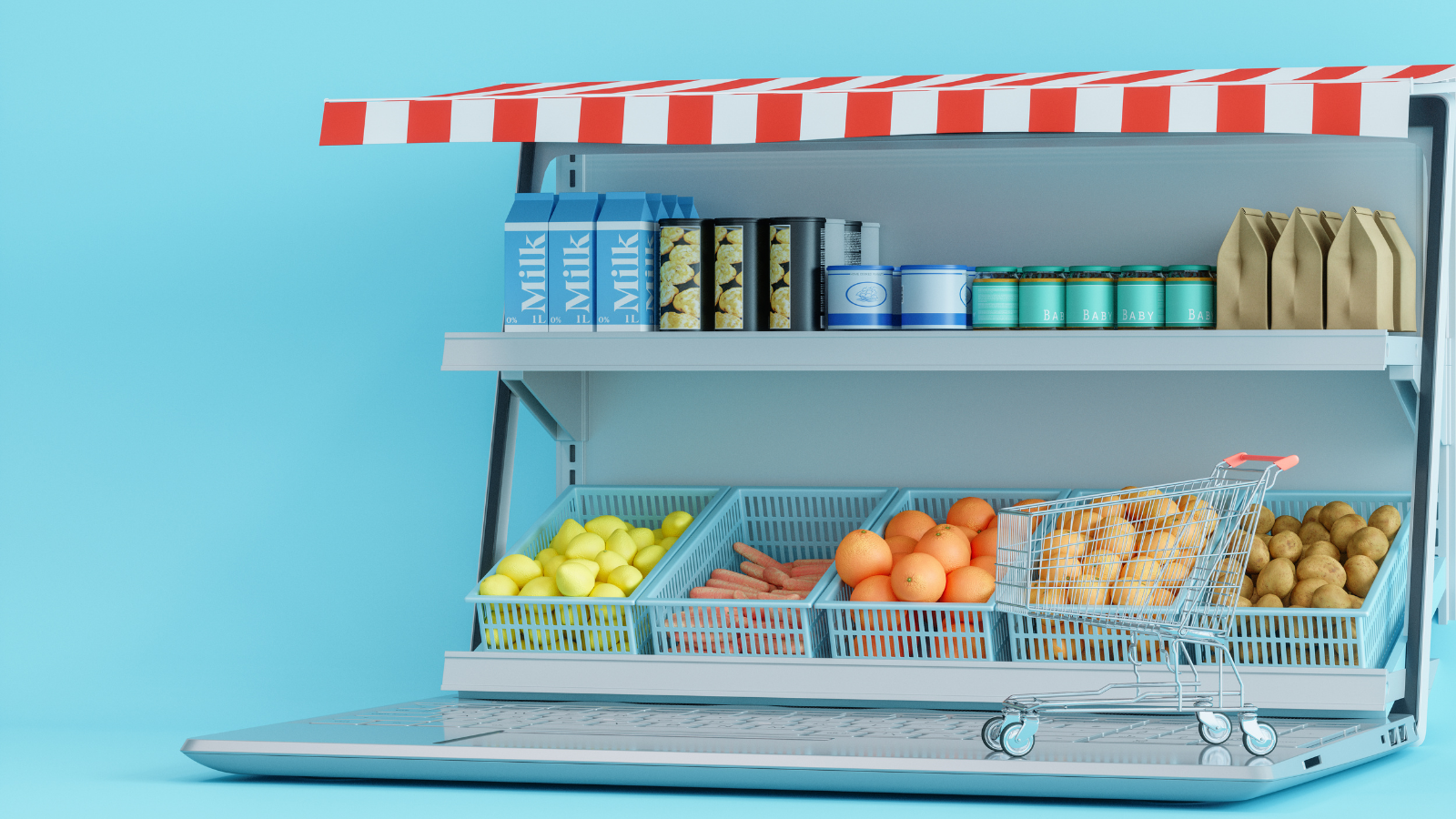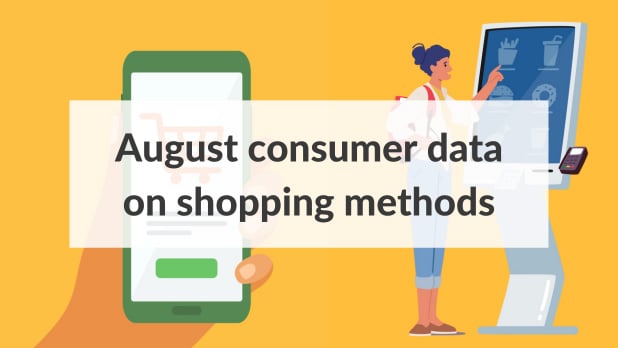Transforming CX: How Mystery Shopping, Feedback Survey, and Reputation Management Work Together
It's a common misconception that Mystery Shopping, Customer Feedback Surveys, and Reputation Management all deliver the same insights into the...

With the closure and reopening of stores amid the pandemic, not to mention the implementation of new rules and regulations, it’s been hard for businesses and consumers alike to know what to expect. Grocery stores have seen customer satisfaction wane during the pandemic, and providing services in an increasingly virtual and contactless reality presents a steep learning curve.
The next several months are crucial as grocers shift to innovation mode. More surveying and analysis needs to be conducted around the efficacy of new services and around the quality of customer experiences. But ultimately, it will all come down to how willing businesses are to listen and take action.
Learn more about the key outcomes of Intouch Insight’s recent study on Changes in Consumer Habits and the impacts on grocery retailers. Find out about the online opportunities that exist, how consumers have reacted to delivery options and tips for taking action on customer feedback.
According to Intouch Insight’s recent study, Changes in Consumer Habits, 86% of respondents continue to purchase essential goods in-store. However, since May, 54% of respondents said that the frequency with which they shop online has increased.
While grocery stores have led the pack in realigning operations due to the pandemic, there needs to be a continued focus on assessing the quality of services now available, as well as how customers are feeling.
Surveying for Customer Effort Scores (CES) will help grocers better identify pain points and moments of friction online. If customers are finding online account creation difficult or can’t find what they are looking for on the website, they will likely abandon ship. This kind of feedback is critical to grocers as it helps with the design of frictionless experiences.
With consumers still feeling anxious about leaving their homes, many are opting for more contactless shopping experiences. Forty percent of respondents say they have taken advantage of new services such as curbside pickup and delivery. Of the early adopters using these new services, 80% say that they will continue to use them in the future.
Understandably, delivery won’t work in every market. To keep prices under control, radius billing and surge charges are a factor. Or, perhaps a business serves rural locations where delivery just isn't feasible.
Consider embedding a survey on the grocery website to learn more about the obstacles customers are facing locally when trying to place an order, or have a QR code outside a store that takes customers to a survey, so grocers can capture how customers feel while they wait for pick up or after an order has been received, to validate that the order is correct.
Now is the time to engage early adopters in designing the path forward, leveraging surveys at every stage of the customer journey. Identify the key drivers of satisfaction and dissatisfaction and set goals for improvement while comparing performance over time.
Grocers need to adopt a survey platform that can help with the collection and analysis of voice of customer data, using predictive analytics to dig deeper and track the micro-experiences that occur along a customer's journey. Maximize the ROI of each and every activity in order to improve experiences, drive loyalty, and keep customers hungry for more.
By auto generating cases, triggers and alerts based on survey feedback, businesses gain the ability to respond fast, no matter how many locations are being managed. This empowers teams to maintain personal connections with customers, even online. For instance, a quick call to a shopper to say, “Hi, we saw you were disappointed that toilet paper was sold out, we just wanted to give you a call and offer a coupon!” can help. Just make sure that whatever is promised can actually be delivered upon.
Asking customers for feedback has never been more important as the world continues to change. If listening is done properly, then action can be taken from store to store with local flare and personalization, making every customer feel like they are individually contributing to brand success.

It's a common misconception that Mystery Shopping, Customer Feedback Surveys, and Reputation Management all deliver the same insights into the...

Technology is continuously evolving the way in which consumers interact with brands. And it’s imperative for businesses to keep up with these trends...

This year has thrown everyone a massive curveball in the form of the biggest public health crisis our generation has endured. Specific experiences...